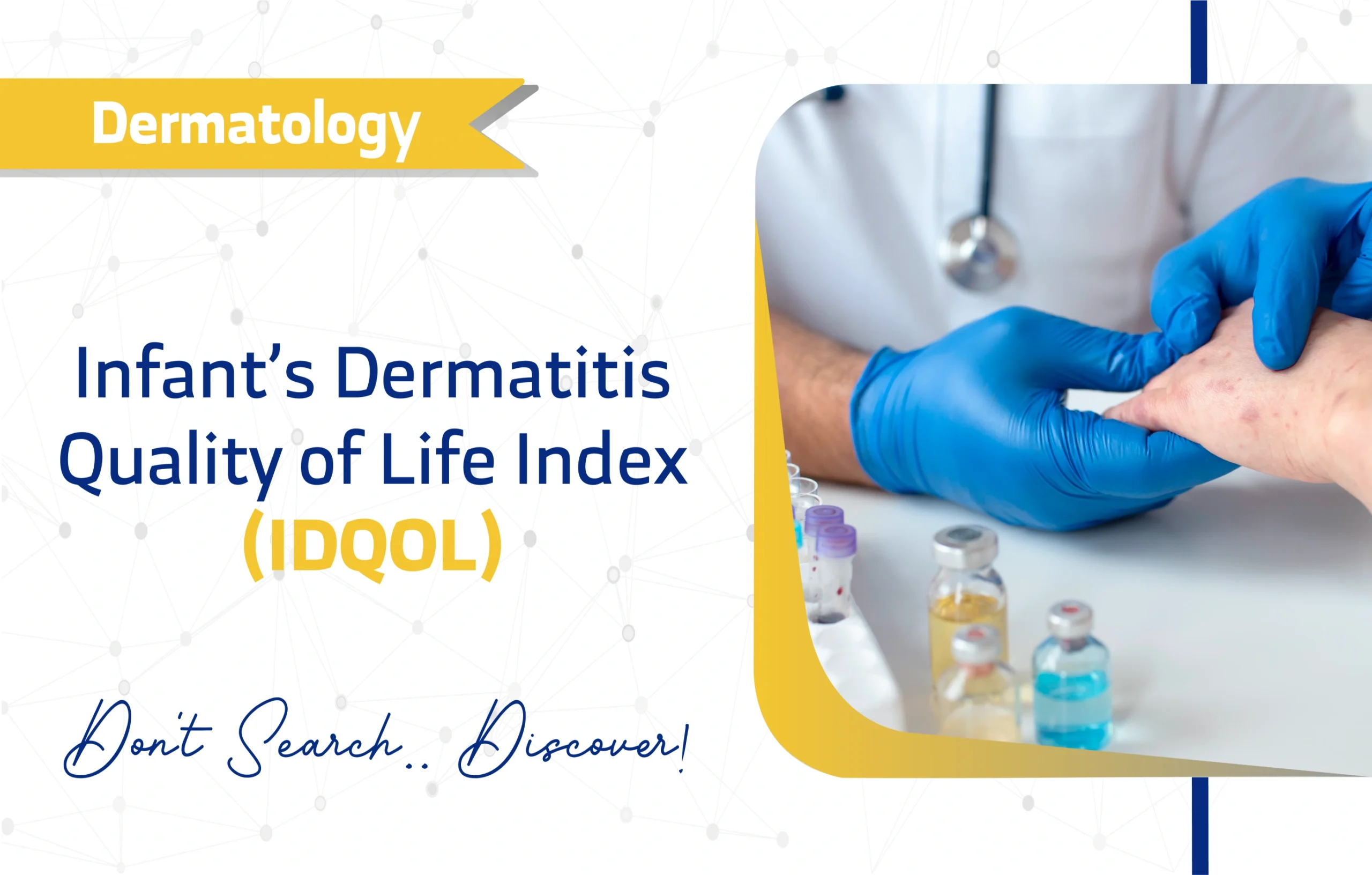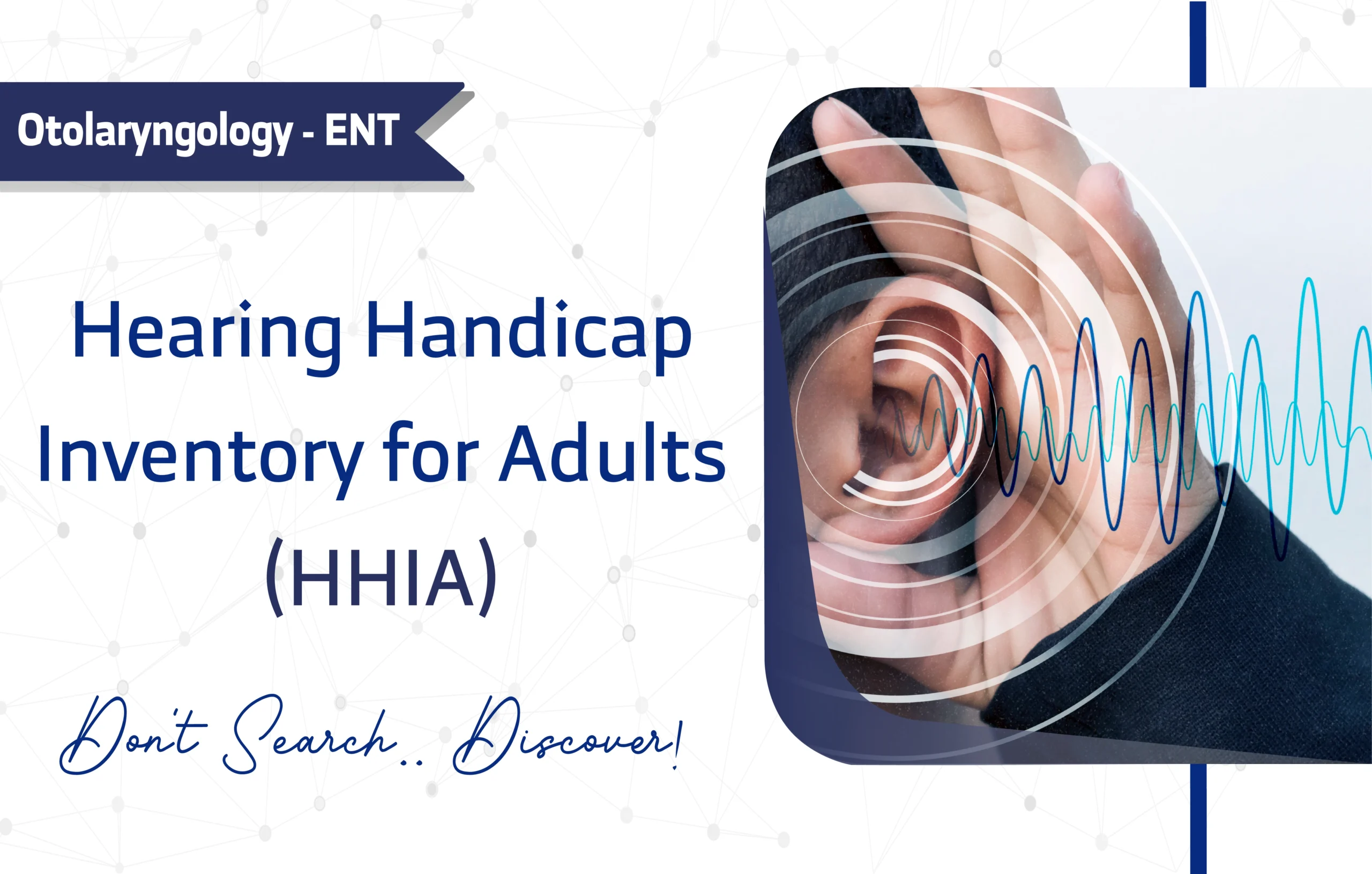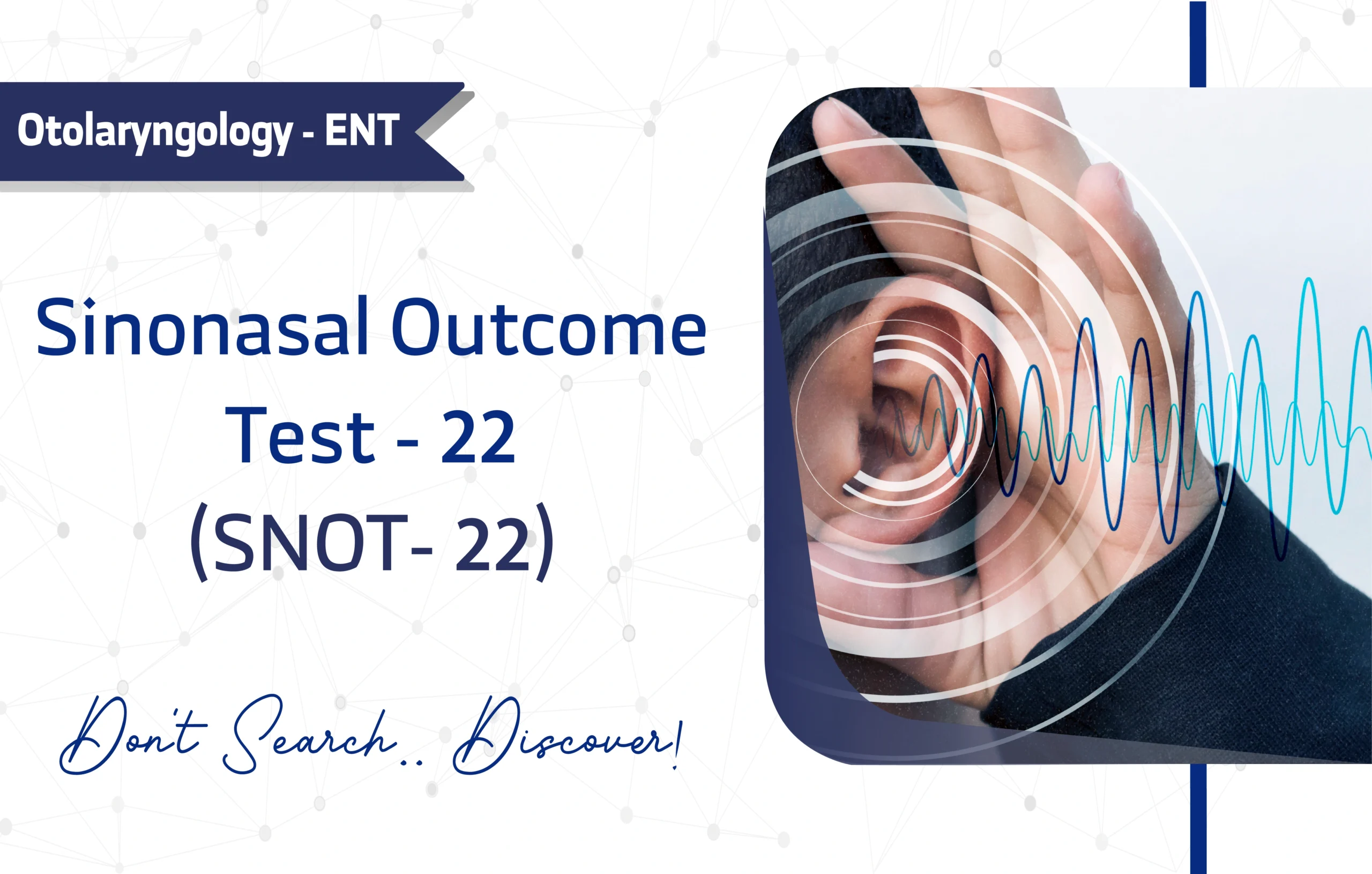Introduction
The Infant’s Dermatitis Quality of Life Index (IDQOL) is a concise yet powerful questionnaire, developed by Andrew Yule Finlay, M.S. Lewis-Jones, and P.J. Dykes at Cardiff University, and first published in 2001. Significantly, this instrument aims to assess the profound impact of atopic dermatitis on the quality of life of infants. With over 300 citations on Google Scholar, the IDQOL has evidently gained substantial recognition within the dermatology and pediatrics research communities.
Indeed, the IDQOL offers a structured approach to quantifying how a child’s skin condition affects various aspects of their daily existence. Therefore, this article will thoroughly explore the IDQOL‘s structure, psychometric properties, and practical applications, providing invaluable insights for researchers and clinicians dedicated to improving the lives of infants with dermatitis.
Key Features of Infant’s Dermatitis Quality of Life Index
Purpose and Use of the Infant’s Dermatitis Quality of Life Index
The IDQoL evaluates how atopic dermatitis affects infants’ quality of life, focusing on domains like sleep, itching, mood, and daily activities. Clinicians use it for screening, monitoring, and treatment planning, while researchers leverage it in clinical trials to quantify dermatitis-related disability. For instance, its ability to capture parental perspectives ensures a comprehensive assessment, making it a cornerstone in pediatric dermatology.
Target Population
Structure
The IDQoL comprises 10 items within the Quality of Life domain, covering sub-domains such as:
- Itching and scratching: Quantifying the extent of the child’s scratching or rubbing.
- Mood and emotional impact: Assessing if the child becomes upset, angry, or frustrated due to their skin.
- Sleep disturbance: Identifying if the child’s sleep is disturbed by their skin condition.
- Play and activity limitations: Determining if the skin affects their ability to play or participate in activities.
- Family activities and outings: Exploring the impact on family leisure and social interactions.
- Eating and mealtimes: Understanding if the skin condition influences feeding or mealtimes.
- Treatment tolerance: Gauging the child’s reaction to topical treatments like creams and ointments.
- Dressing and clothing: Observing how the skin affects the way the child is dressed.
- Bathing or washing: Assessing discomfort during bathing or washing due to their skin.
- Social reactions: Evaluating how other people’s reactions impact the child.
Consequently, these questions collectively offer a holistic view of the burden of dermatitis, ranging from physical symptoms to emotional and social consequences. The questions are designed for parents or guardians to complete, as they are the primary observers of the infant’s quality of life.
Scoring Method of Infant’s Dermatitis Quality of Life Index
The IDQoL’s scoring is straightforward: each of the 10 questions is scored from 0 (no impact) to 3 (severe impact), yielding a total score of 0–30. Higher scores reflect greater quality-of-life impairment. Additionally, eczema severity is scored separately and can be correlated with the IDQoL to provide deeper insights. For example, a score of 20 might prompt a clinician to adjust treatment, while researchers could use it to analyze disease burden trends.
Administration Format and Time
The IDQoL offers flexibility in administration and can be completed via:
- Paper-based forms
- Digital (Online) platforms
No special training is necessary to administer or interpret the IDQoL, as it is self-administered and easily managed by healthcare staff. Administration is typically quick, estimated at less than 5 minutes.
Applications of Infant’s Dermatitis Quality of Life Index
The IDQoL serves multiple roles in clinical practice and research:
- Screening: Identifies infants with significant dermatitis-related quality-of-life impairment.
- Monitoring: Tracks changes in dermatitis impact over time, especially during treatment.
- Treatment Planning: Guides tailored interventions based on IDQoL
- Research: Supports clinical trials evaluating dermatitis treatments, advancing evidence-based dermatology.
For instance, a clinician might use a high IDQoL score to prioritize intensive therapy, while researchers analyze scores to assess intervention efficacy. Furthermore, its quick administration (less than 5 minutes) enhances its practicality in busy settings.
Languages and Availability
The IDQoL is accessible in over 30 languages, including:
- Arabic
- English
- Spanish
- French
- German
- Mandarin Chinese
As well as Hindi and Japanese. This multilingual availability enhances its global applicability, supporting diverse clinical and research contexts.
Reliability and Validity
The IDQoL boasts high reliability and validity, with a Cronbach’s alpha of 0.88, indicating strong internal consistency. Validation studies, such as the one conducted by Finlay et al. (2001), confirm its robustness across infant populations with atopic dermatitis. Moreover, its sensitivity to changes in dermatitis severity makes it a reliable tool for monitoring treatment outcomes. Consequently, its concise format and psychometric strength appeal to both clinicians and researchers.
Cost and Licensing
The IDQoL is an open-access tool, but users must apply for a free or paid license depending on the context. For inquiries, contact Cardiff University at medicine@cardiff.ac.uk, dermqol@cardiff.ac.uk, or hayesj@cardiff.ac.uk. This licensing ensures proper use while maintaining accessibility for non-commercial research.
Limitations and Considerations
However, despite its strengths, the IDQOL has a few limitations:
- Self-report measure: Patients may skew responses due to social desirability bias or personal interpretation.
- Social Desirability Bias: This inherent limitation in self-report measures means that caregivers might consciously or unconsciously adjust their responses to present a more favorable picture.
These constraints highlight the need for careful interpretation and complementary tools like the Children’s Dermatology Life Quality Index (CDLQI) for older children.
Additional Resources
For further exploration, consider these resources:
- Access the Original Validation Study.
- IDQoL Questionnaire as PDF.
- For inquiries, contact Cardiff University at medicine@cardiff.ac.uk
- For additional IDQoL resources, consult Cardiff University’s Quality of Life Questionnaires at medicine@cardiff.ac.uk, dermqol@cardiff.ac.uk, or hayesj@cardiff.ac.uk.
Frequently Asked Questions (FAQ)
- Who can use the IDQoL?
Clinicians, researchers, and healthcare providers use the IDQoL for infants aged 0–4 years with atopic dermatitis, completed by parents. - How long does it take to complete the IDQoL?
Parents typically complete the IDQoL in less than 5 minutes, making it ideal for clinical and research settings. - How is the IDQoL administered?
The IDQoL is administered via paper-based or digital formats, offering flexibility in usage. - Is there any cost to using the IDQoL?
The IDQoL requires a free or paid license depending on use. Contact Cardiff University for permission at medicine@cardiff.ac.uk, dermqol@cardiff.ac.uk, or hayesj@cardiff.ac.uk.
A word from ResRef about Infant’s Dermatitis Quality of Life Index
The IDQoL is a reliable and validated tool for assessing the impact of atopic dermatitis on infants’ quality of life. Whether you are a researcher evaluating disease impact or a clinician improving patient care, the IDQoL reveals critical areas that need attention. Consequently, it leads to better outcomes and informed treatment decisions.
References
- Lewis-Jones, M. S., Finlay, A. Y., & Dykes, P. J. (2001). The Infants’ Dermatitis Quality of Life Index. British Journal of Dermatology, 144(1), 104–110. doi:10.1046/j.1365-2133.2001.03960.x. Link.









1 thought on “Infant’s Dermatitis Quality of Life Index (IDQOL): A Comprehensive Guide for Researchers and Clinicians”
Your article helped me a lot, is there any more related content? Thanks!